Impact of Moisture Absorption on Phenolic Foam Board Performance
2025-06-18 11:50:30
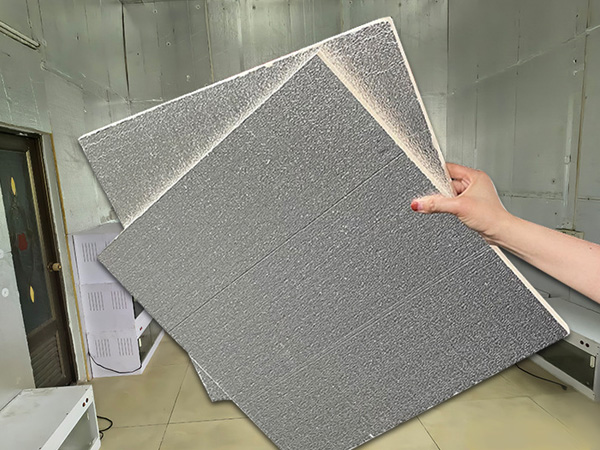
Impact of Moisture Absorption on Phenolic Foam Board Performance
1. Key Performance Degradations
When phenolic foam boards absorb moisture, the following significant changes occur:
Thermal Insulation Loss – Water infiltration increases thermal conductivity, reducing R-value by up to 20–30% in saturated conditions.
Structural Weakening – Prolonged exposure leads to softening and dimensional instability (swelling/warping), especially in low-density boards.
Compressive Strength Reduction – Wet foam may lose 15–50% of its load-bearing capacity, risking collapse in load-insulation applications.
2. Secondary Risks
Mold Growth – Organic additives in some formulations can promote fungal colonization in damp environments.
Corrosion Acceleration – Trapped moisture against metal substrates (e.g., pipes, ducts) hastens galvanic corrosion.
Fire Resistance Compromise – While phenolic foam is inherently fire-retardant, excessive moisture may lower its flame-spread rating marginally.
3. Critical Thresholds
>5% Water Absorption (by volume) begins measurable performance decline.
>10% Absorption often requires material replacement due to irreversible damage.
4. Mitigation Strategies
Pre-Installation: Use vapor barriers or foil-faced boards in high-humidity zones.
Design: Ensure sloped surfaces/drainage to prevent water pooling.
Maintenance: Regular infrared scans to detect hidden moisture ingress.
Note: Not all phenolic foams are equally vulnerable—high-density, closed-cell variants (e.g., ≥60 kg/m³) resist moisture far better than low-density products.
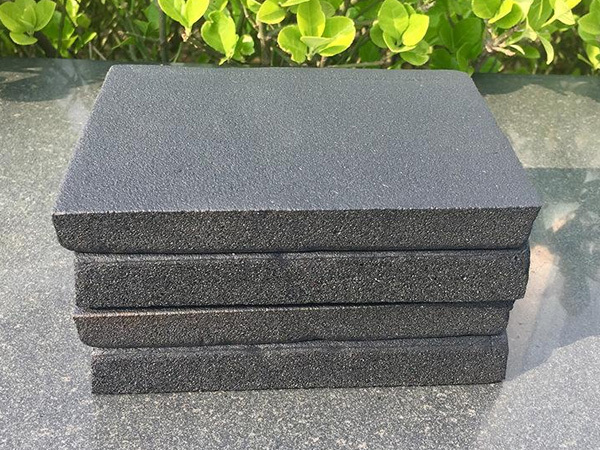
OurFlame Retardant Rubber Foamis a premium closed-cell elastomeric insulation material engi...
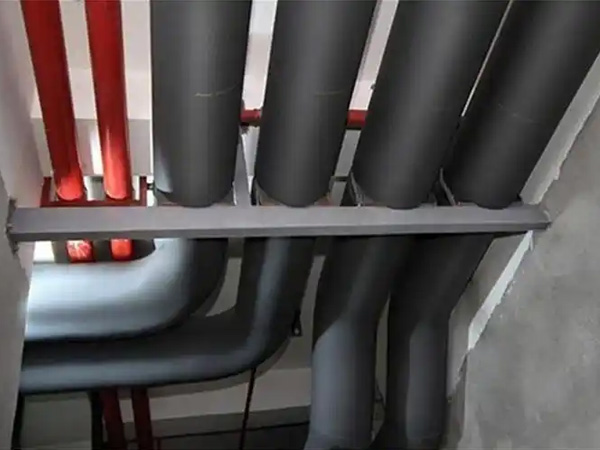
OurRubber Pipe Insulationis a high-performance solution designed specifically for HVAC pipi...
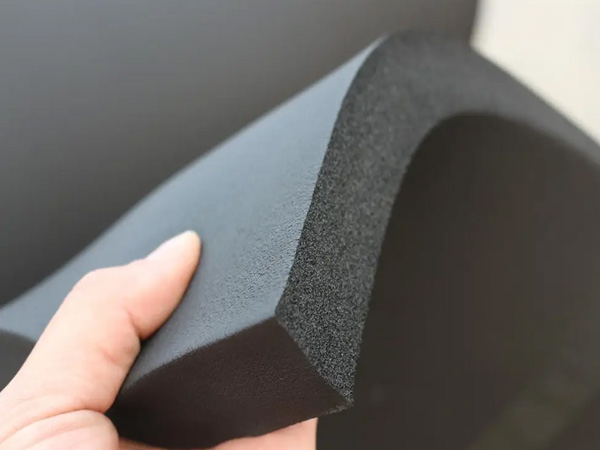
Rubber Foam Insulation Sheet – Product Introduction Premium Flexible Insulation for Therm...
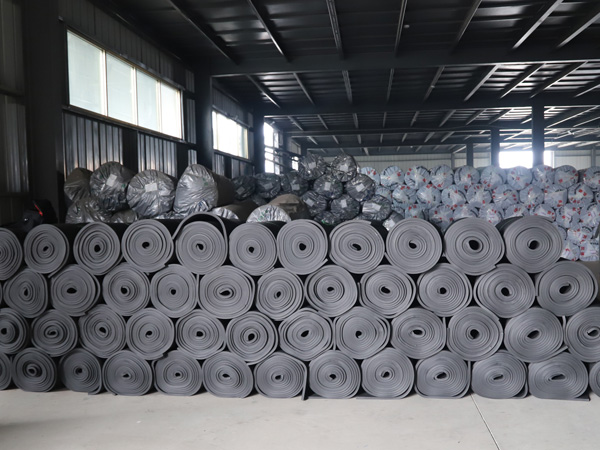
Specially engineered for refrigeration applications, ourElastomeric Rubber Insulationprovid...



